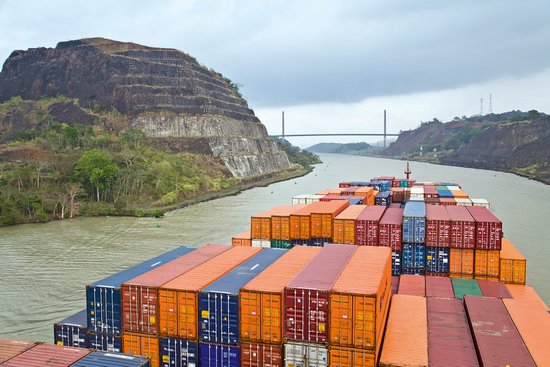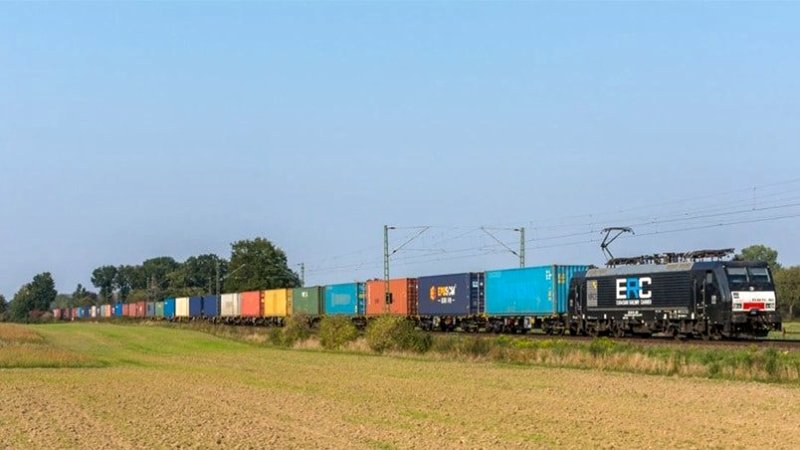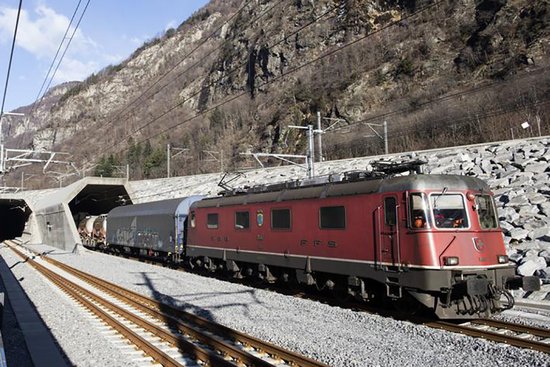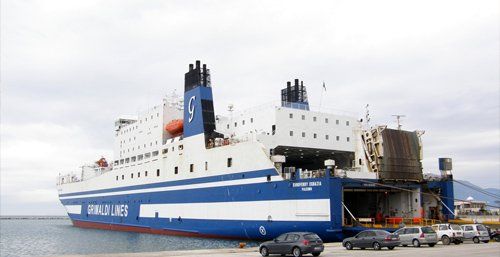The Gotthard axis remains undeterred, playing its last card in the hopes of securing a victory, fully aware that the stakes are high and far from guaranteed: the comprehensive completion of the transalpine railway, known as the AlpTransit project. The initial outlook is not promising, as the Swiss Federal Council and Parliament have deferred all interventions on this route, incorporating them into a planning document known as Railway Perspective 2050. Switzerland is very meticulous in planning its investments, which means that the completion of the Gotthard axis might only enter its operational phase in the mid-century, with the project’s conclusion anticipated towards the end of the century.
This timeline is unacceptable to the "Gotthardists," as they are known in Switzerland. They are determined to change the status quo and advance the completion of the north-south railway axis by aiming for a 2040 schedule. This stance was clearly expressed during the annual assembly of the Gotthard Komitee, an organization that includes the 13 cantons along the Gotthard axis, numerous chambers of commerce, including the Swiss Chamber of Commerce, several major cities, and the VAP Cargorail association, which represents around 300 companies in the freight and logistics sector in Switzerland and neighboring countries.
The committee's decisive initiative also aims to change the perception within Swiss politics and institutions regarding the Gotthard project, which are convinced that with the completion of the base tunnels, the AlpTransit program is essentially finished. However, beyond the lack of high-capacity access lines north of Basel (and thus with Germany) and south of Chiasso (and thus with Italy), several connections within Switzerland itself remain incomplete. Two essential ones are the Bellinzona bypass, to create a direct and dedicated freight transport axis from the Ceneri base tunnel to the Gotthard base tunnel, and the section from Lugano to Chiasso to overcome the current forced sharing with heavy passenger traffic.
Ongoing or planned projects appear to be little more than a stopgap measure, such as the third track laid from Giubiasco to Bellinzona. The committee intends to pressure the Federal Council to extend the planning of new interventions to be updated by 2026. The push for this revision is significant and driven by both institutional bodies like the municipal councils of Chiasso and Lugano, cantonal authorities, and interest groups such as the Pro Gottardo-Ferrovia d'Europa association, which has also created Swissrailvolution, a combative association advocating for a networked development of the entire Swiss railway system.
There are signs of cautious optimism. In mid-May 2024, the Confederation, through the Federal Council, proposed allocating 16.6 billion euros for the years 2025-2028, which is two billion more than the current period, for the renewal of the railway network and new facilities. Additionally, it requested a commitment credit of 187 million euros as contributions for investments in private freight facilities, such as terminals and connections, to promote the transfer of transport to rail through the Alps.
Piermario Curti Sacchi
































































